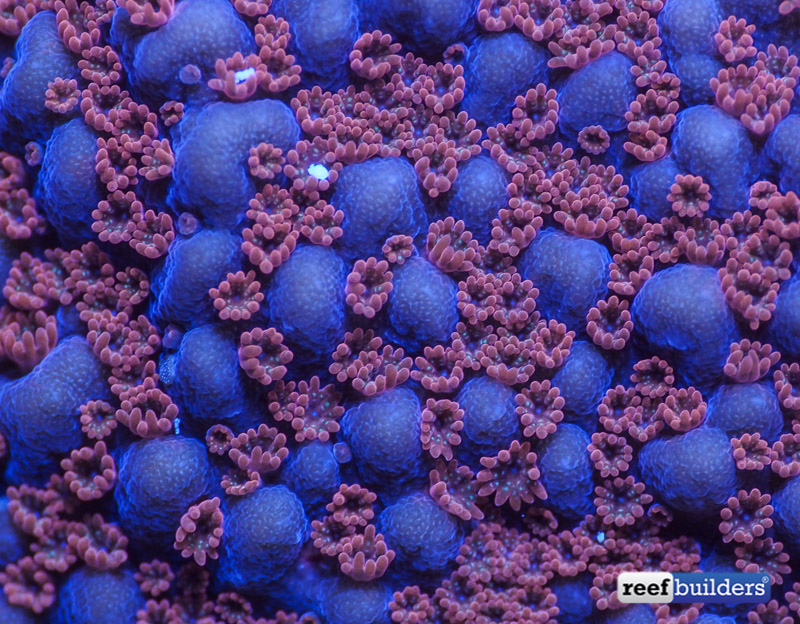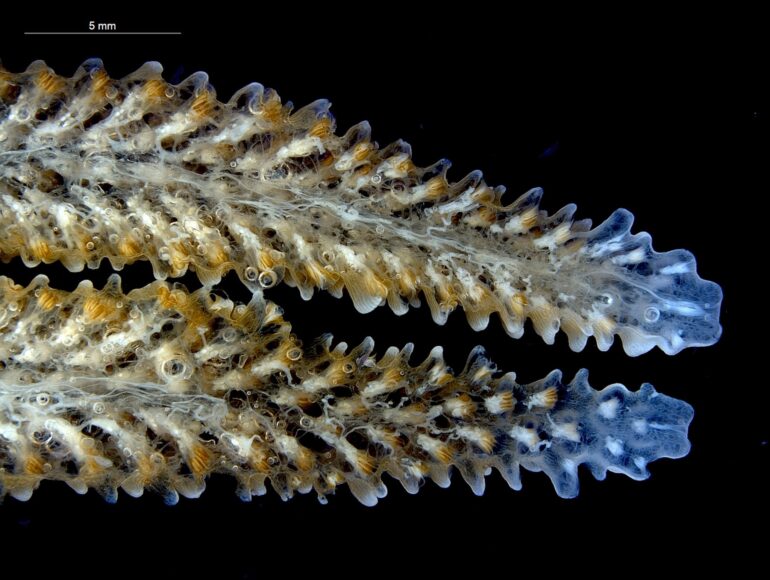We’ve collectively spent decades, centuries and millenia looking at our beloved SPS corals, but there’s only so much you can see in an aquarium setting with live corals. Sometimes you have to take a very specific approach to see what’s inside our corals, which is precisely what researchers in Australia have done to this Acropora branch.
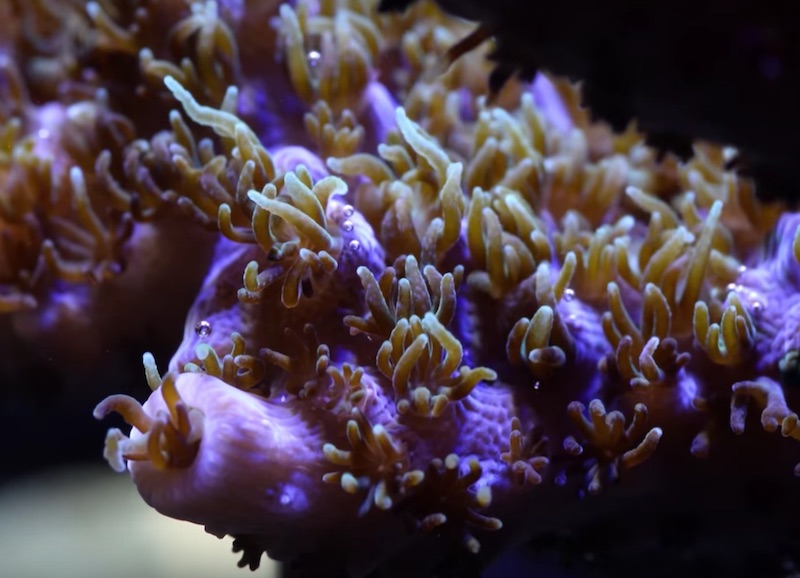
With synchronized spawning popping off in a big way in Oz right now, there’s a lot of busy bodies at the Australian SeaSIM, perhaps the biggest and most complex ‘coral aquarium’ in the world. One of the things that researchers want to see is how ready the corals are to spawn, and what indicators they can spot that spawning is imminent, as well as the fertility of various corals.
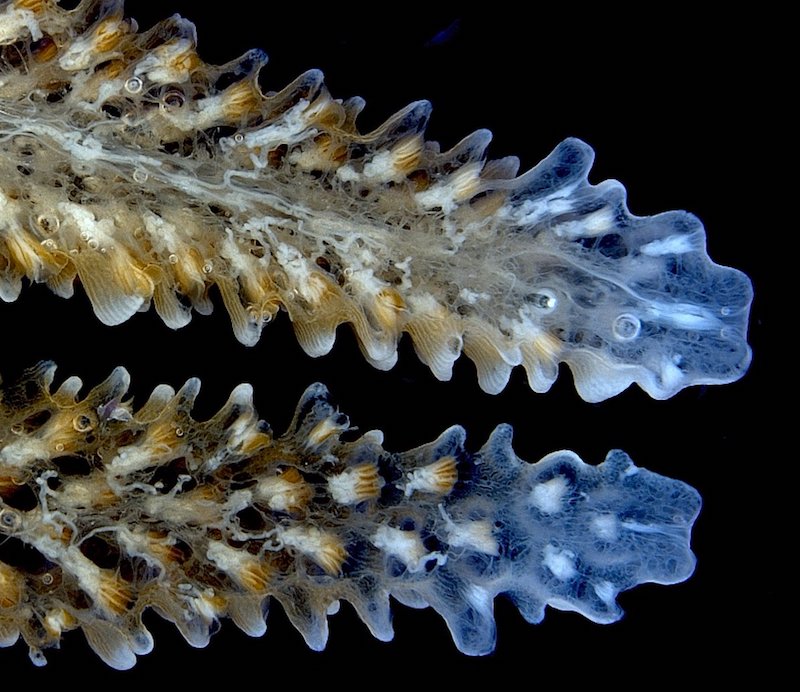
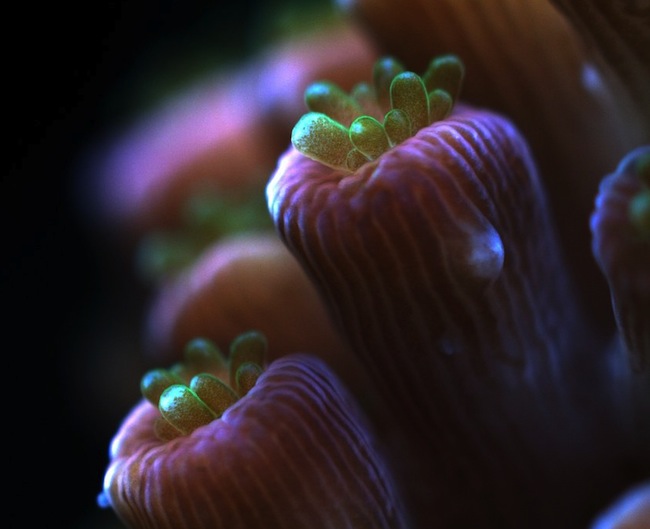
By placing whole coral branches in a light acid, the skeleton can be dissolved – decalcified – leaving just the remaining tissue. At this point the soft coral tissue can be fixed in an epoxy so that it can be cut into cross sections revealing a whole network of connected polyps, and a level of organization, unlike anything we can see in a live coral.
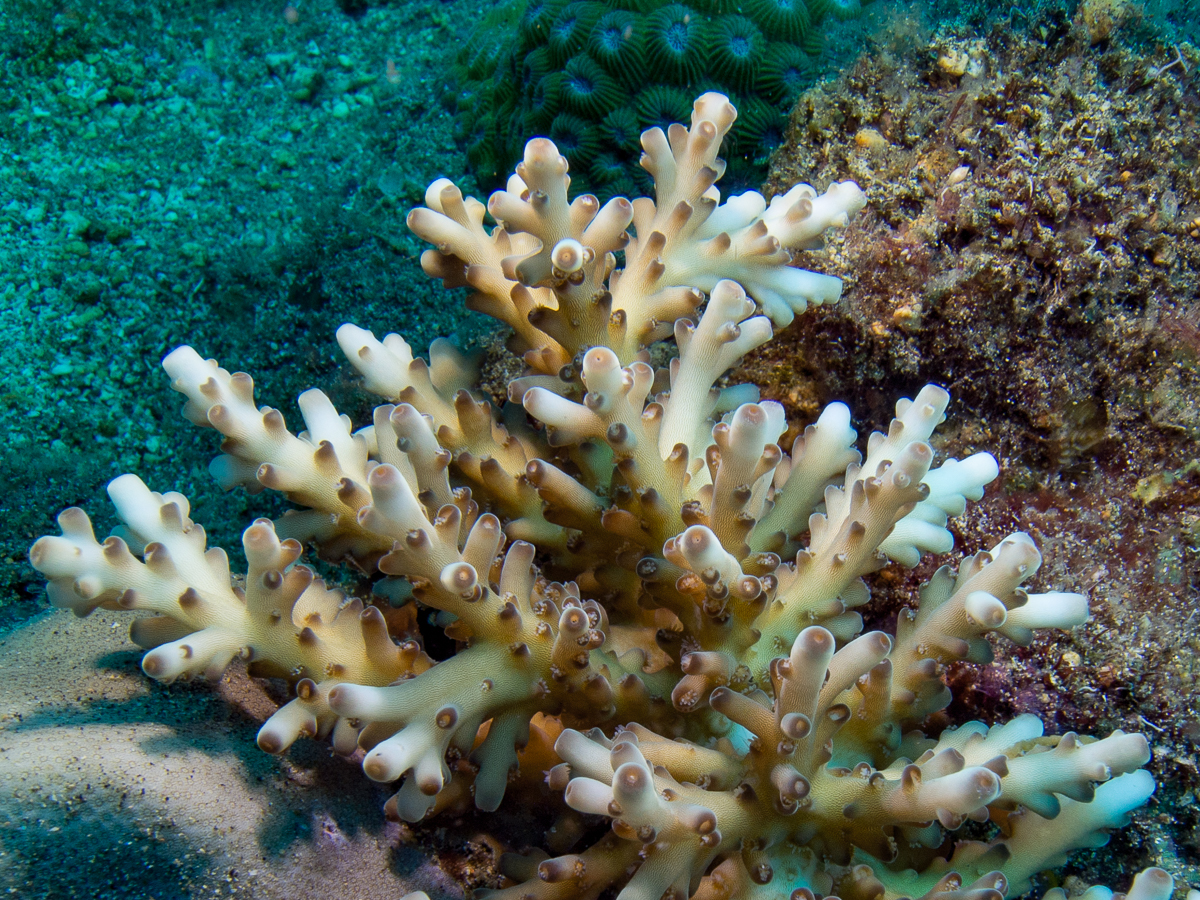
Perhaps the more you’ve looked at Acros from the outside, the more alien this view of the coral might be. Allw e can see of our precious corals in an aquarium environment is just the first few millimeters and the radial and axial polyps that extend into the water column. But this dissected, decalcified corals shows us just how deep the coral lives within its skeleton.

We tend to think of corals as having an endoskeleton, inside their tissues, but this is overly simplistic. In truth the skeleton is perforated all throughout with various tissues, mesenterial filaments, and a gastrovascular cavity intertwined in every nook and cranny of the skeleton that the coral secretes.
So the next time you look at your corals, particularly the SPS, try to imagine just how much is going on deep inside that colonial animal. Because you might only be able to see a thin coenosteum covering the skeleton and some polyps periodically extended, but there’s a whole world of biology and activity happening just out of sight. [SeaSIM]
